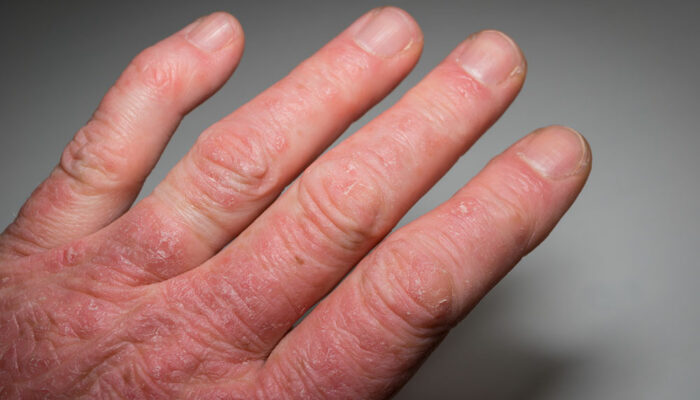
An Overview of Types of Spinal Muscular Atrophy
Spinal muscular atrophy (SMA) is a genetic disease. Humans have 23 pairs of chromosomes; 22 of the pairs are called autosomal as they are found in both genders. The 23 rd pair determines one’s sex. Chromosomes ensure that DNA is copied accurately to each cell during cell division. However, sometimes there are some defects, such as finding the SMN1 gene in Chromosome 5.
Spinal muscular atrophy is an autosomal disorder of Chromosome 5. There are other types of SMA that are not linked to Chromosome 5 or SMN1. Read on to know more about the different types of spinal muscular atrophy.
1. Type 1 SMA
Type 1 SMA is also known as Werdnig-Hoffman disease. It is the most severe and most prevalent type. About 60% of the SMA cases are Type 1. The onset is between 0 and 6 months. The infant would find it difficult to breathe, swallow, sucking while feeding, and coughing. They would require assistance for both feeding and breathing. The SMA does not interfere with the child’s emotional or mental growth. Type 1 SMA progresses rapidly, leading to the weakening of muscles and frequent respiratory infections. The average life expectancy of kids with Type 1 SMA is two years.
2. Type 2 SMA
Type 2 SMA is also known as Dubowitz disease. It is diagnosed in 6-18 months old infants. Type 2 SMA causes a delay in the typical motor functions of an infant between 6 months and two years of age. These infants are unable to walk and require a wheelchair to be mobile. Children with Type 2 SMA are likely to suffer joint contractions, mild trembling, and scoliosis (spine curvature). Their average life expectancy is between 10 years and 40 years.
3. Type 3 SMA
Type 3 SMA is also known as d Kugelberg-Welander disease or juvenile SMA. Type 3 is generally noticed in patients after 18 months of age; sometimes, its onset can happen after three years of age. Children with Type 3 SMA walk independently but have difficulty swallowing, coughing, and breathing. As they grow older, they are at risk of developing scoliosis. Life expectancy is intermediate.
4. Type 4 SMA
It is rare and can become noticeable when the person is about 35 years of age. It mildly affects motor movements. In rare cases, symptoms are seen in a person at 18 years of age.
5. SMA not related to Chromosome 5
Other SMA types are caused by deficiencies or defects in different genes and chromosomes.
SMARD is a non-SMN type of SMA. It is caused by a defect in the IGHMBP2 gene. Children with SMARD have muscle weakness, severe respiratory distress, low fetal growth, and premature birth risk. Defects in the different genes cause Distal SMA, and mutations in X-Chromosome lead to X-linked SMA. It is very similar to the Type 1 SMA. Both muscles and joints shrink and become weak. Male infants are at more risk as compared to female infants.



